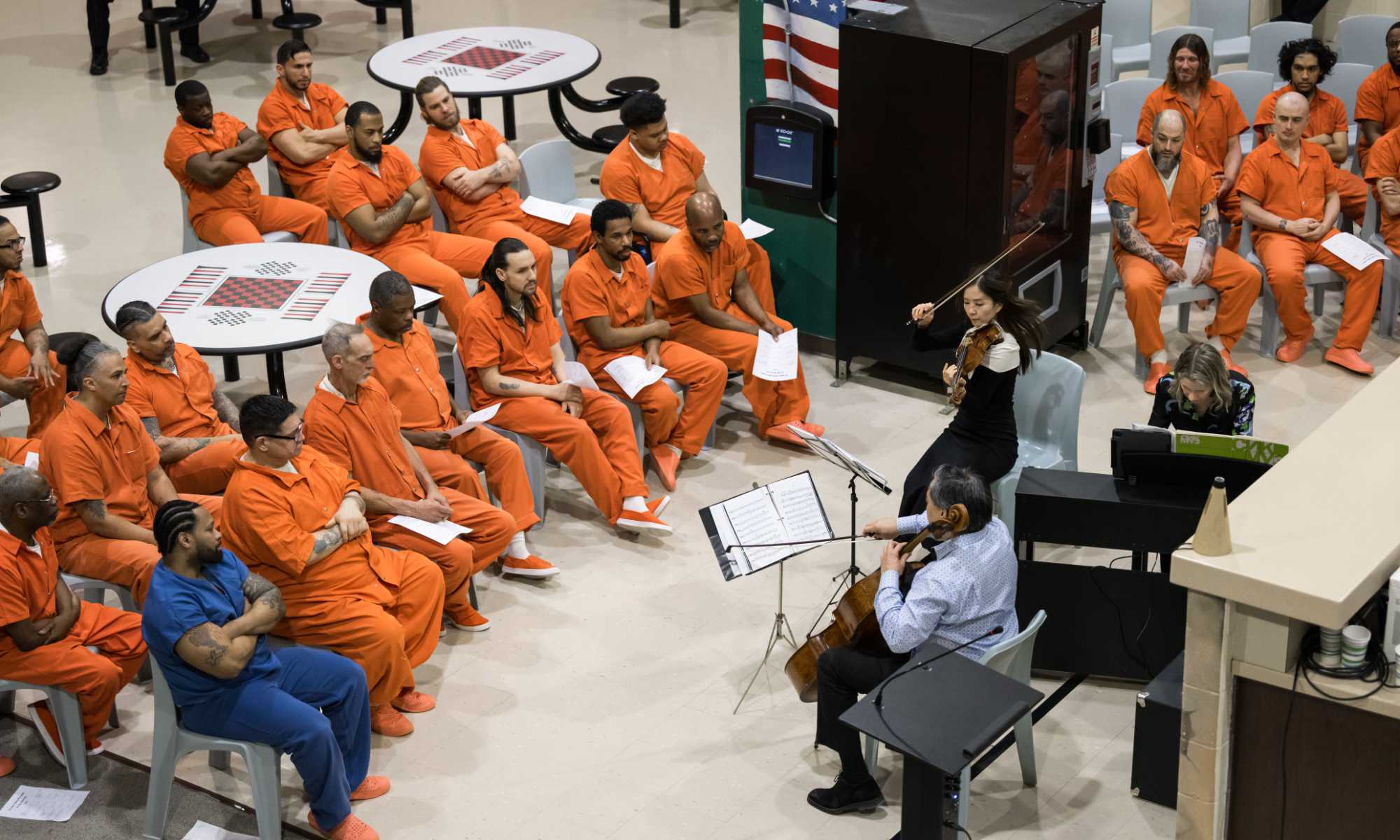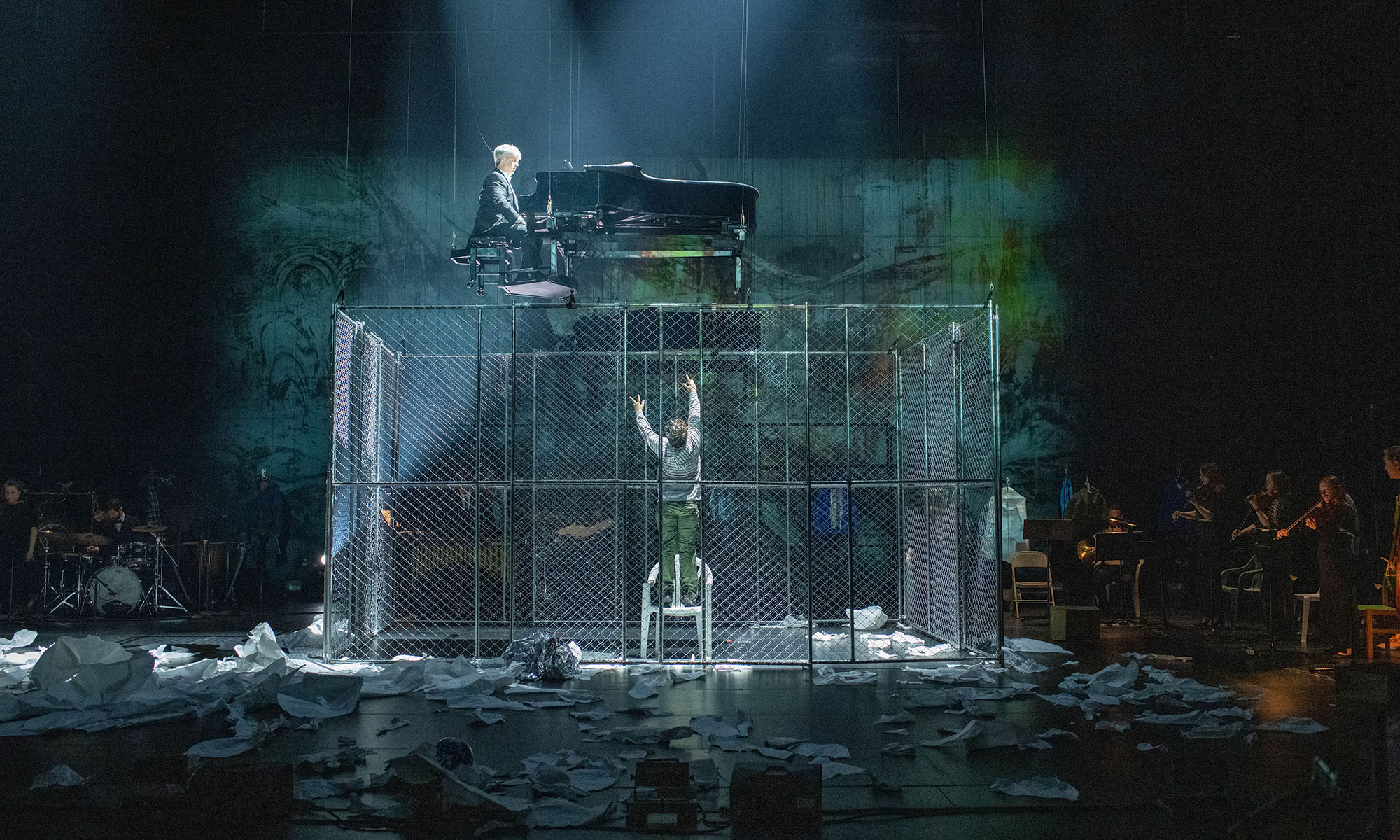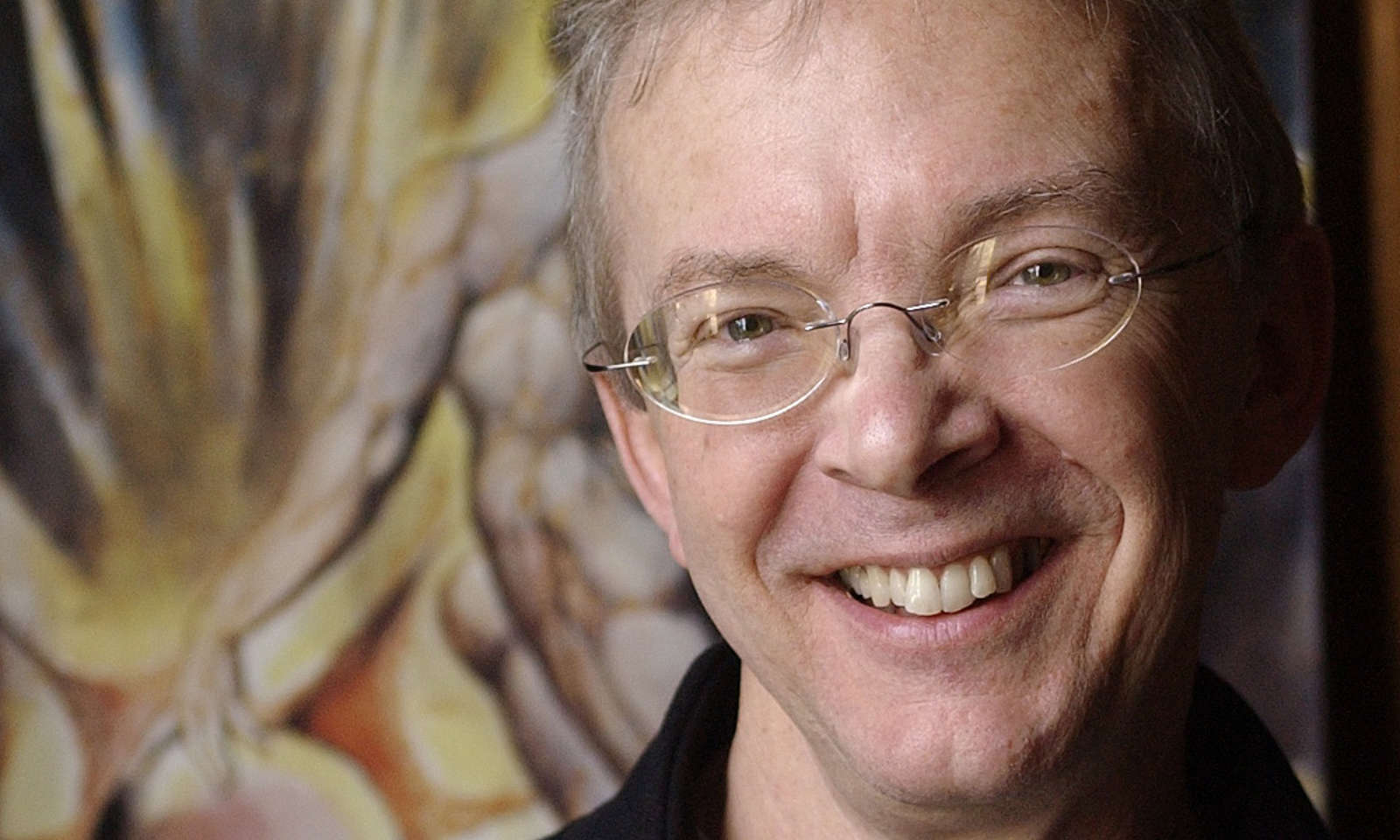
Richard Fischoff ’68 didn’t star in Kramer vs. Kramer, Sleepless in Seattle, The Big Chill, or Fatal Attraction. But the veteran Hollywood producer and executive played a major role in those movies becoming box office hits.
It wasn’t part of his plan. The New York City native majored in history at the University of Rochester and planned to be an attorney. But his minor was in film, and he took courses on campus and watched films at the George Eastman House. Fischoff briefly attended law school before becoming an acquisitions editor at Simon & Schuster and Warner Books. He read the screenplays and manuscripts for Kramer vs. Kramer, Sleepless in Seattle, and The Big Chill, and recommended that they be turned into motion pictures.
Now an independent producer living in Los Angeles, Fischoff will give the Fairbank lecture on the River Campus titled “The Humanity of Film,” at 5 p.m. Tuesday, October 29 in the Hawkins Carlson Room at Rush Rhees Library. The lecture is sponsored by the Dr. Matthew E. and Ruth Harmon Fairbank Alumni Lectureship Fund.
How does a law student end up being a Hollywood executive?
I hated law school and dropped out after one year. I always loved film and my time at the George Eastman House gave me an understanding of what film was and could be. But I never imagined making a career out of it. I went into publishing, and it was through my work as a book editor that I forged relationships with Hollywood executives.
The first movie you were involved in was Kramer vs. Kramer. You read Avery Corman’s manuscript and recommended that producer Stanley Jaffe turn it into a movie. What struck a nerve?
It was the first book I’d read that dealt with divorce from the male point of view. I thought it had universal themes. How do men feel when their marriage collapses? It’s about a man having to learn to be a nurturing parent and falling in love with his own child. I felt it would have mass appeal.
The movie stars Dustin Hoffman and Meryl Streep, but Streep wasn’t the first choice to play Joanna. Who was?
Kate Jackson was our original choice. But we were shooting in New York City with a 6-year-old (played by Justin Henry). We couldn’t give Kate a firm stop date, and she was forced to drop out to return to her TV series, Charlie’s Angels. We loved Meryl, but she wasn’t well known, and the studio heads weren’t sure she was movie star material. She had just finished The Deerhunter and The Seduction of Joe Tynan, but they hadn’t been released yet. We got footage from those movies, and she blew everyone away.
How did you hear about The Big Chill?
The screenplay was sent to me by an agent when I was an executive at Paramount. I loved it, because it spoke to me and my generation. How did we get here from there, 20 years out of college? And being brought together by the suicide of a friend? Paramount didn’t think it would resonate with a large audience and passed. So I gave it to Marcia Nasatir, and she eventually launched the movie with Carson Productions. After she left, I became president of Carson Productions—so I got to oversee the film I was unable to make at my former studio, Paramount. It had a nice symmetry to it.
You read the screenplay for Sleepless in Seattle, where the main characters don’t meet until the final scene, and persuaded executives at TriStar to make a movie. What was appealing about it?
One of my favorite movies was a French film called And Now My Love, where the characters also don’t meet until the end. There was something seductive and irresistible about Sleepless, but the screenplay was soft and sentimental. We went through three writers until we found Nora Ephron, and she nailed the right tone.
Were Tom Hanks and Meg Ryan your first choices?
We considered Dennis Quaid, who was married to Meg at the time. They were a popular couple, which made us believe they would be a winning team. We also briefly considered Michelle Pfeiffer. But people take different projects. We’re happy with how it worked out.
What was your role with Fatal Attraction?
I had seen a 10-minute short film written and directed by James Dearden about a married man who has a one-night stand and tries to end it with disastrous consequences. We developed that premise into a feature that was released in 1987. We didn’t intend for Fatal Attraction to be a metaphor for the AIDS generation, but it became plugged into it.
Perhaps the most famous (or infamous) scene involves a certain rabbit.
Oh, yes. In the original script, Glenn Close’s character, Alex, kills the family dog. But we felt the audience would bolt from the theater if that happened, so it became a rabbit.
How did the end of the movie—where Alex is killed by the wife of Michael Douglas’ character—differ from what was first envisioned?
In the original ending we shot, Alex kills herself with the knife she and Dan, Michael Douglas’ character, have been fighting over. The police tell Dan his fingerprints are on the knife and take him away. That wasn’t satisfying to test audiences and therefore the studio executives, so nine months later we reshot the ending. Glenn didn’t want to do it and had to be talked into it. But the ending everyone saw was more satisfying and much more commercial.
These days, movies move quickly from the screen to pay per view and streaming options. Is this a good thing?
I think it’s great that movies are accessible on a lot of different platforms, but when you’re watching a movie at home you get distracted. The phone rings, you go to the bathroom, you pause the movie. We’re losing something valuable by giving up the communal experience of going to the movies with others. There’s an energy in a theater when an audience responds to what they’re experiencing—fear, laughter, discomfort, whatever. It’s infectious and communal. It’s great.
Those interested in attending Fischoff’s lecture can register here or send an email to ase.events@rochester.edu




